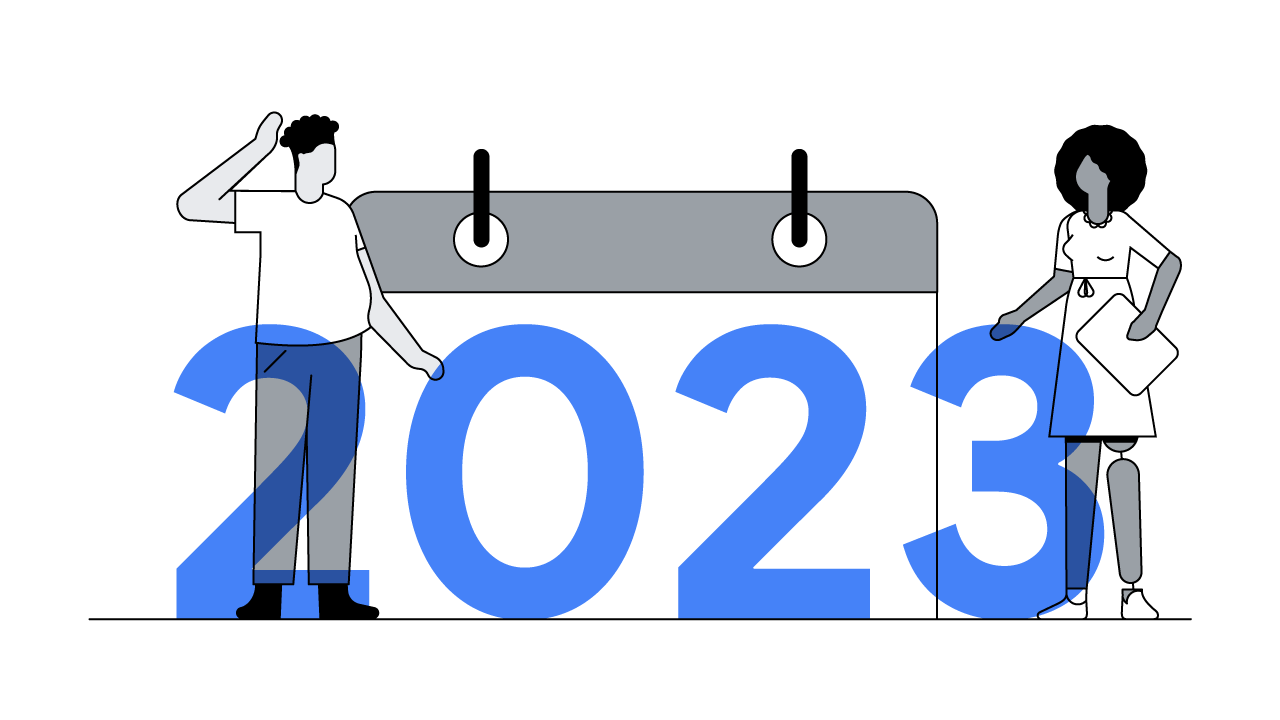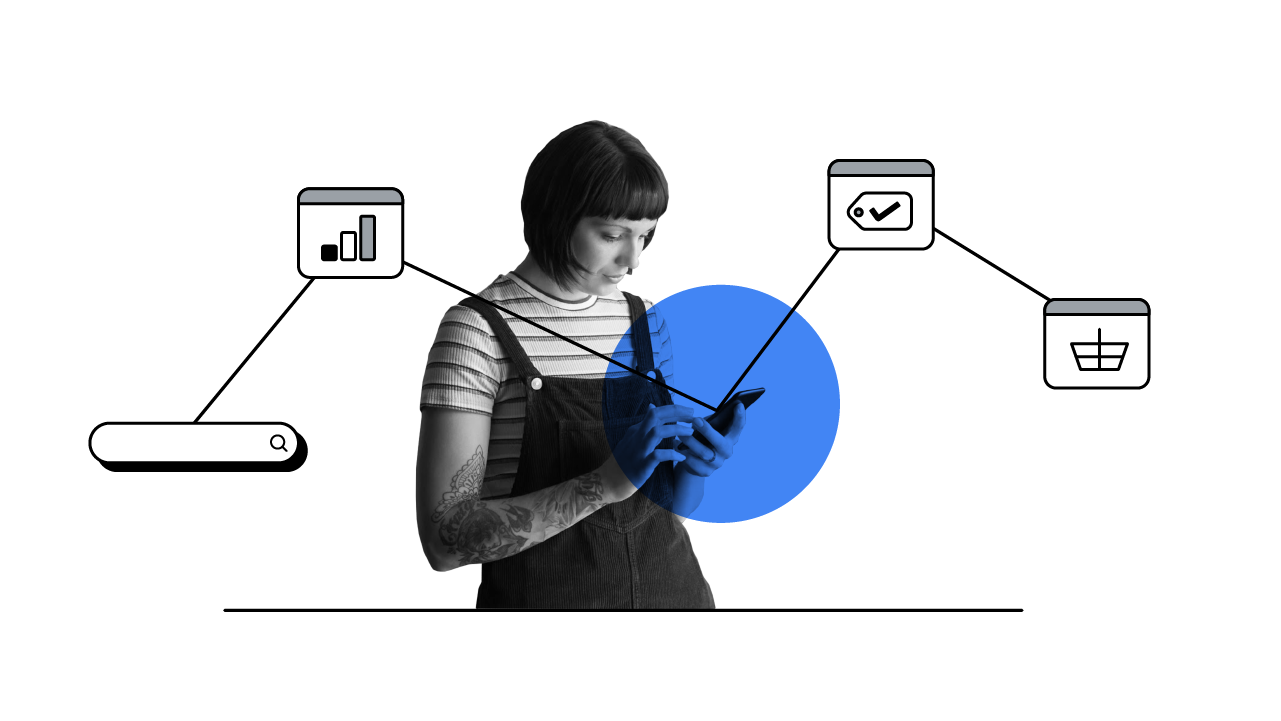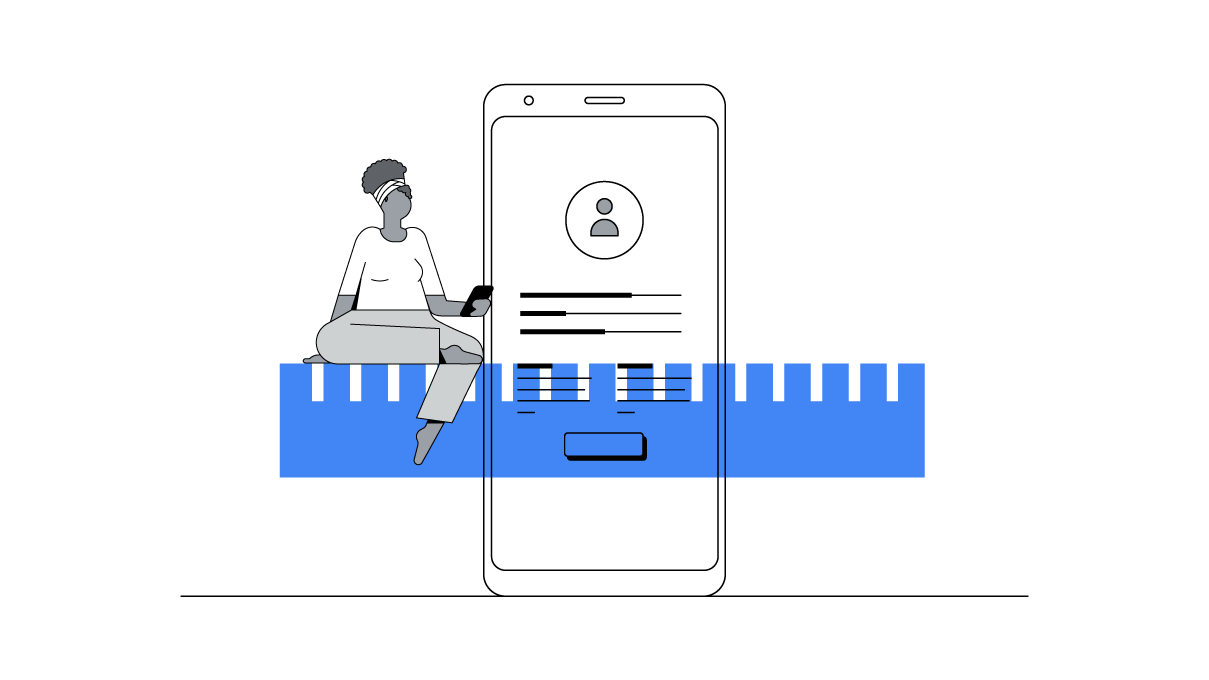People are empowered by mobile every single day. In fact, it’s become a productivity-boosting tool, writes Google’s head of ads research and insights, Sara Kleinberg.
There was a time when a trip to the doctor’s office meant you couldn’t do anything but wait – and maybe read a six-month old magazine. You probably remember waiting rooms as one of the most frustrating places on the planet. Despite all the technological innovations of the past few decades, we’re still stuck with waiting rooms. But today it’s a very different experience. A quick glance around the waiting room and you’re likely to see everyone looking at a smartphone.
And those people aren’t just playing Candy Crush.
The smartphone has become indispensable for getting things done. In our latest research, we found that 75 percent of people say their smartphones help them to be more productive.1 But it’s more than that. Productivity has an emotional impact as well. 54 percent of people say their phones reduce stress and/or anxiety in their lives. 2 As one person told us, “It provides me with immediate gratification. I am able to do all this without being in front of a laptop.”
These are good emotions for brands to be associated with.

We’ve written a lot about how mobile is assisting people in the moments that matter to them. People are empowered by mobile every day. Mobile quickly delivers results when they’re impatient, provides inspiration at their fingertips when they’re curious, and gives them a personalised experience when they demand it.
To better understand smartphone usage, our researchers also looked into the flow of their day and the times when they turn to their phones. Think of these as mind states. We’ve identified five of them and, if you’re like me, you’re going to recognise yourself in a few of these scenarios.
A spark. This is when something either just pops into your head or you’re triggered by something you see. One consumer told us that her boots, which were a couple of years old, had been wearing out. “I thought, ‘I wonder if I can still find those.’ … So I just did a search on my phone.” Another mentioned seeing an alcohol licence notice in a window, then searching to see what kind of restaurant was moving into his neighbourhood.
An urgent need. We’re all familiar with this one. You’re on your way home and need to get some dinner. You've run out of something and want to see if the closest supermarket is open. Or you took a wrong turn and need directions. Where do you turn? Your phone.
In-store assistance. Bricks-and-mortar retailers often bristle about "showrooming", when shoppers use their phones to look for better prices while they’re in the shop. (Hint: just be like Best Buy and embrace it.) But shoppers are doing a lot more than showrooming. They’re using their phones to look for coupons, read reviews and search for guidance.
“If I'm standing in an aisle at B&Q, and I have no idea what type of drywall screw I'm looking for, I can Google it fast,” one person told us.
Micro-productivity. Stuck in a waiting room? Sitting in the back of a taxi? Commuting by train? Why not cross something else off your list?
“I go through this whole [list] of things that I might need to do during that … 45 minutes of my train ride,” one person told us, using shirts as an example. “I knew I wanted to buy these shirts. I had my phone right then, right there, so I did it.”
Planning ahead. We’ll have more to say about this at a later date, but people are using search to plan a lot of things on their phones now, from weekend excursions to trips to the local shopping centre. It’s beyond booking rooms or renting cars. They’re mapping out routes through the town centre as well as obsessing over menus. “I love looking at restaurant menus, and it drives my wife crazy,” said one man. “So often, before we go out, I’ve perused the menu [on my phone]. I’ve had my 10-minute indulgence, considering every item.”
The upshot
Smartphones not only help people get things done, they give people a sense of accomplishment: 60 percent say they help them feel more confident and prepared.3

Consider what Starbucks is doing with its My Starbucks Barista app as an example of the micro-productivity mindset outlined above. Customers can order ahead, even while juggling other tasks. They’re not only accomplishing something, they’re probably saving time that would have been spent standing in line.
Because mobile is a uniquely positioned productivity tool, it’s important to consider how your brand is creating mobile experiences that cater to people's desire for efficiency. A seamless mobile experience goes a long way in tapping into that desire and building a stronger relationship. We found that 79 percent say they’re more likely to revisit and/or share a mobile site if it is easy to use.4
These mind states also remind us not to treat mobile as a singular media channel, but rather one where consumers’ intentions influence their interactions with branded content. A one-size-fits-all approach doesn’t work, so when planning media and creative, consider the times of day and frame of mind when they turn to their phones for help. If you can match one of these mindsets, the person on the receiving end will be more receptive to your messaging.






